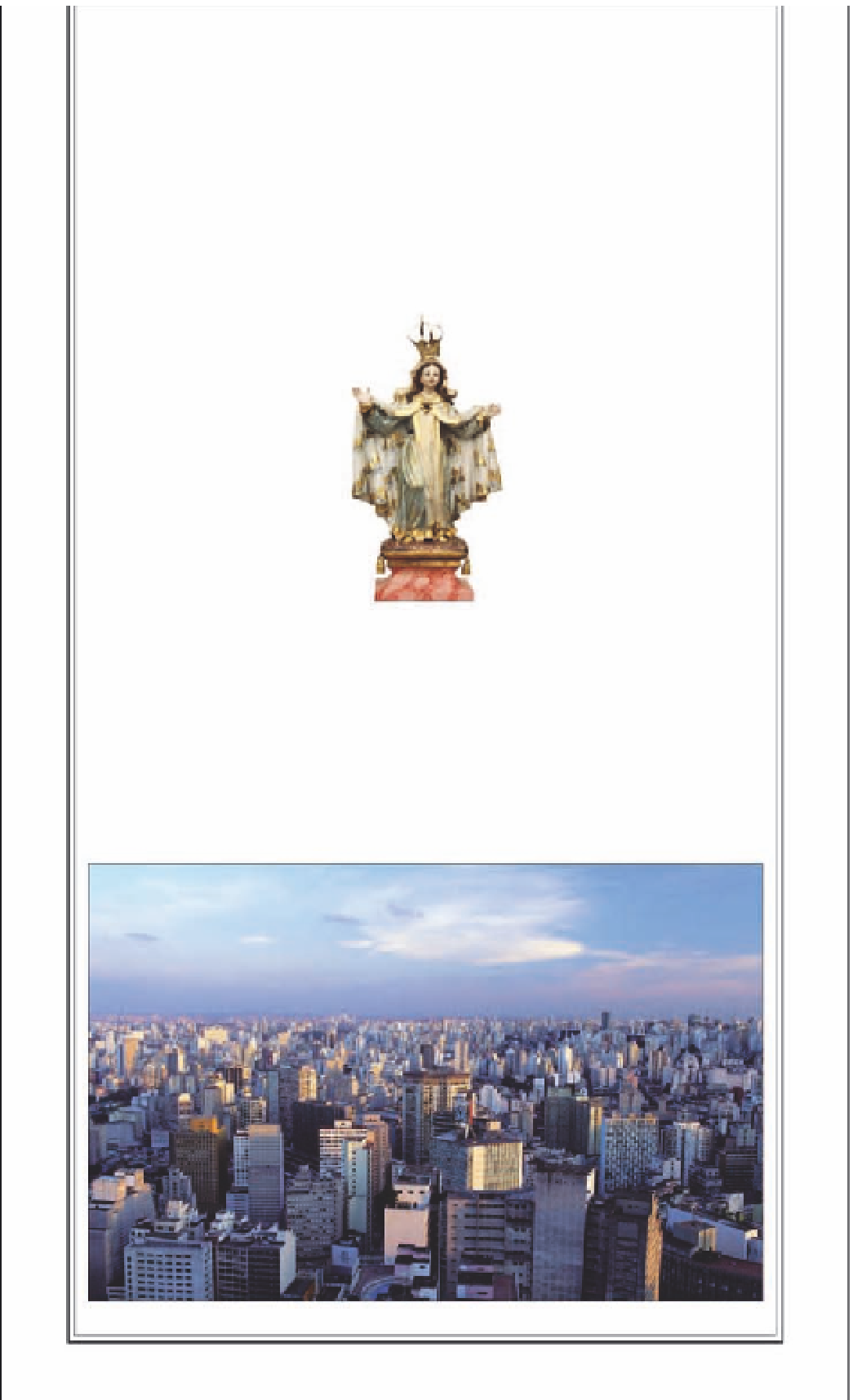Travel Reference
In-Depth Information
A PORTRAIT OF BRAZIL
Brazil evokes iconic images of lively Carnaval celebrations,
brilliant soccer teams,
bossa nova
and
samba
performances,
sensual Brazilians swaying across the sands of Ipanema and
Copacabana, and the beautiful city of Rio de Janeiro. Beyond these
popular images, however, there remains a lot to discover about
Brazil, which is fast emerging as a global economic giant.
Covering over half of South
America, Brazil is the
world's fifth largest nation.
The sheer size of the
country helps to explain the
extraordinary diversity of
environments and cultures.
The larger cities are known for
cosmopolitan sophistication
and extensive technological
development, while in the
Amazon region there are indi-
genous peoples who still use
ancient agricultural techniques.
The Portuguese colonization that
began in the 1500s, combined with
the influx of immigrants from a wide
geographical and ethnic spectrum,
has lent an eclectic character to the
social fabric of the country.
Portuguese is spoken by
the vast majority of the
188 million Brazilians,
although there are many
commonly used words
derived from indigenous
and African languages.
The country's striking
diversity is reflected in the
major cities, each of which
has its own distinctive charac-
ter. The impressive Modernist
architecture of the nation's capital
Brasília, the ravishing cityscape of
Rio de Janeiro, embraced by the
gigantic statue of Cristo Redentor
(Christ the Redeemer), the colonial
buildings and Baroque gems of
Figurine, Museu
de Arte Sacra,
Cidade de Goiás
An aerial view of high-rise concrete towers in the ultra-modern city of São Paulo
A reveler dressed as a Bahian woman (Baiana), performing at Rio de Janeiro's Carnaval

































